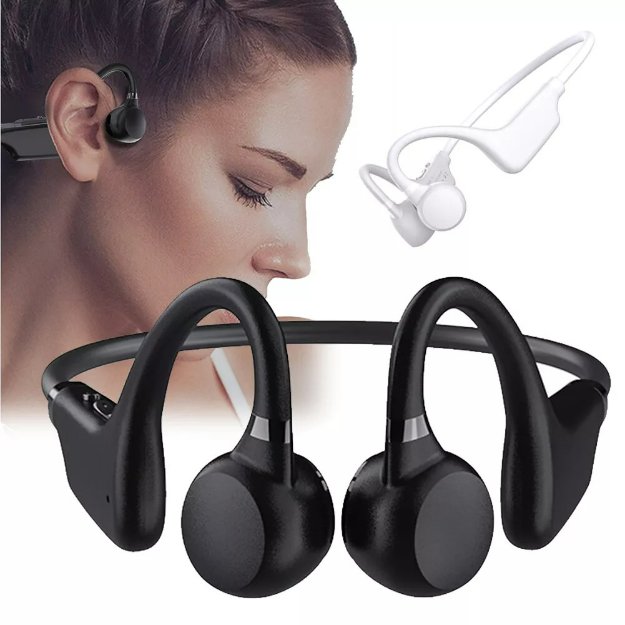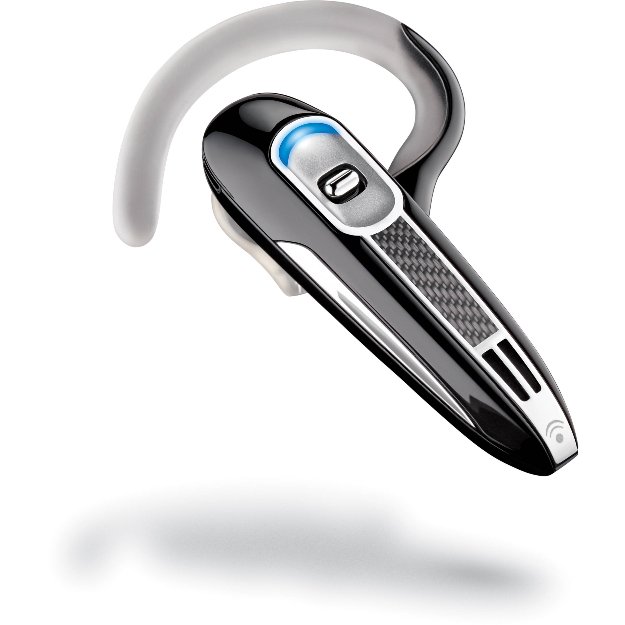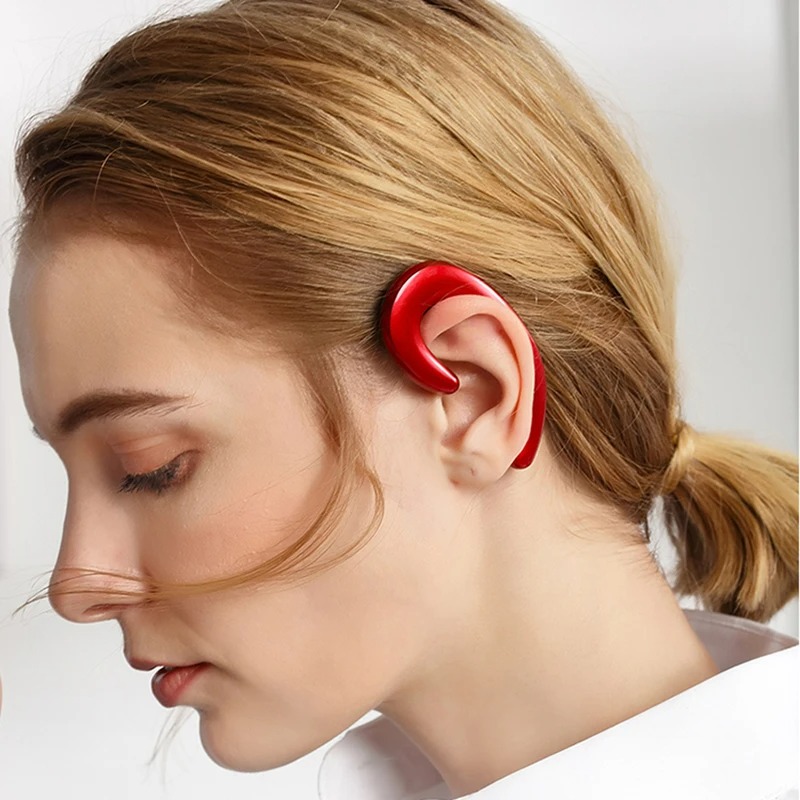Understanding Different Types of Phone Headsets
When selecting phone headsets, understanding the differences between types is key to finding your best fit.
In-Ear vs Over-Ear Headsets
In-ear headsets, often called earbuds, fit directly into your ear canal. They’re lightweight and portable, making them ideal for on-the-go users. Over-ear headsets have larger cups that cover your ears, providing better sound isolation and comfort for prolonged use. Choose in-ear models for convenience or over-ear for comfort during long sessions.
Wired vs Wireless Headsets
Wired headsets connect to devices via cables, typically offering stable sound quality without the need for charging. Wireless headsets, free from cords, bring flexibility and mobility. They’re perfect for active users but remember to check the battery life. Decide based on your need for movement or dislike for charging.
Mono vs Stereo Headsets
Mono headsets deliver sound through a single earpiece and are well-suited for calls, letting you stay aware of your environment. Stereo headsets, with two earpieces, provide a full sound experience, making them better for music and immersive calls. Select mono for clear calls or stereo for a rich audio experience.

Features to Consider for Enhanced Comfort
When shopping for phone headsets, don’t overlook comfort. It’s crucial for long-lasting use.
Headset Weight and Material
A lightweight headset reduces neck strain and aids in comfort. Look for materials like plastic or aluminum. They offer a balance between durability and weight.
Padding and Cushioning
Good cushioning on ear cups and headbands can prevent discomfort. Memory foam padding is a common choice, adapting to your shape for better fit.
Adjustability and Ergonomics
Headsets that adjust to your head size and shape are preferable. Look for adjustable bands and swiveling ear cups for enhanced ergonomics.
Sound Quality and Noise Cancellation Capabilities
Choosing the right phone headsets involves more than comfort. Sound quality and noise cancellation are critical factors.
Importance of Sound Clarity
Good sound clarity is essential for both calls and music. You want clear and crisp audio. High-quality microphones and speakers contribute to this. For professionals, clarity in communication is a must. Look for headsets with superior sound reproduction. This will help avoid misunderstandings in conversations.
Active vs Passive Noise Cancellation
Noise cancellation improves audio quality by reducing background noise. Active noise cancellation (ANC) uses advanced technology to cancel out sound. ANC headsets have built-in microphones that pick up external noises. They then create ‘anti-noise’ signals to neutralize them. This is perfect for noisy environments.
Passive noise cancellation relies on the design of the headset. Over-ear models with snug-fitting ear cups block out a lot of ambient sound. It’s a simpler solution but can be very effective. Decide on active if you are in loud spaces often, or passive for quieter areas.

Battery Life and Connectivity Options
When you’re shopping for phone headsets, considering the battery life and connectivity options is essential. This ensures uninterrupted communication and convenience during usage, especially for wireless headsets. These aspects are critical for those who rely on headsets for work, travel, or extensive periods of listening.
Average Battery Lifespan in Wireless Headsets
Wireless headsets provide freedom from cords, but they do depend on battery power. Most wireless phone headsets offer an average battery life ranging from 5 to 8 hours for continuous use. Some premium models boast a lifespan up to 20 hours or more. When looking for a headset, make sure to check the battery life specifications so that it aligns with your usage needs. It’s wise to pick a headset with a quick charging feature for added convenience.
Bluetooth and Connection Stability
Bluetooth technology is fundamental in wireless phone headsets for reliable connections. Stability in connection prevents call drop-outs and maintains sound quality. While considering Bluetooth connectivity, check for headsets with the latest Bluetooth version, as it will ensure wider compatibility and a more stable connection. Some headsets also come with a backup wired option to keep the conversation going even when the battery runs out. Always consider a headset that supports strong and stable Bluetooth connectivity to avoid any hassle during crucial communications.
Durability and Longevity
When considering phone headsets, durability and longevity are just as important as comfort and sound quality.
Build Quality and Material
To ensure your phone headset withstands daily wear and tear, examine build quality. Durable materials like high-grade plastic, metal accents, or reinforced cables resist damage. Some headsets feature water-resistant coatings for protection against spills. Prioritize headsets crafted from materials known for longevity.
Warranty and Repair Services
A comprehensive warranty can provide peace of mind. It covers defects and malfunctions. Look for brands offering extended warranty periods or favorable repair services. Easy access to customer support is essential. Check the brand’s reputation for handling warranty claims and servicing products.

Additional Functions and Controls
When selecting phone headsets, it’s not only about the fit and sound quality. Functions and controls are also key for usability.
Built-in Controls vs Software Configurations
Headsets with built-in controls offer quick and easy access. You can answer calls, adjust volume, and manage tracks right on the headset. This is highly convenient when you’re on the move. In contrast, software configurations require the use of an app. They allow for more detailed customizations. You can set equalizer settings or program control schemes. Choose built-in controls for convenience or software for precision.
Compatibility with Devices and Software
Make sure your headset works well with your devices. This includes phones, tablets, and computers. Headsets should easily pair and maintain a stable connection. Check if the headset is compatible with both iOS and Android if you use both. Also, verify its compatibility with communication software you commonly use. Headsets optimized for certain apps can enhance your experience. Pick a headset that matches your device ecosystem and software preferences.
Reading Reviews and User Experiences
Before purchasing phone headsets, it’s invaluable to read reviews and consider user experiences. This can give you real-world insights that specs and features don’t always reveal.
Analyzing Consumer Feedback
Start with customer reviews on retail websites. Pay attention to repeated comments about comfort, sound quality, or battery life. Note patterns in feedback, as they often highlight the headset’s true day-to-day performance. Consider the following:
- Fit and Comfort: Are many users mentioning how snug the headset is during long use?
- Durability Issues: Is there a trend of complaints about the headset breaking after a short period?
- Battery Performance: Do users report the battery lasting as long as advertised?
Remember, no product is perfect. Look for feedback that is balanced, considering both strengths and weaknesses.
Professional Reviews vs User Testimonials
Professional reviews can provide a more technical viewpoint. They often compare several headsets, which helps in understanding where a product stands in the market.
User testimonials, on the other hand, may highlight personal experiences. These can shed light on how the headsets hold up in everyday scenarios. When assessing these testimonials:
- Look for Verification: Check if the review site verifies purchases to ensure authenticity.
- Quality over Quantity: One detailed, thoughtful review might tell you more than several vague ones.
- Video Testimonials: Videos can show the headset in action and give a clearer idea of its size and usability.
Taking the time to analyze reviews ensures a well-informed decision, leading you to the phone headsets that will comfortably fit into your lifestyle.